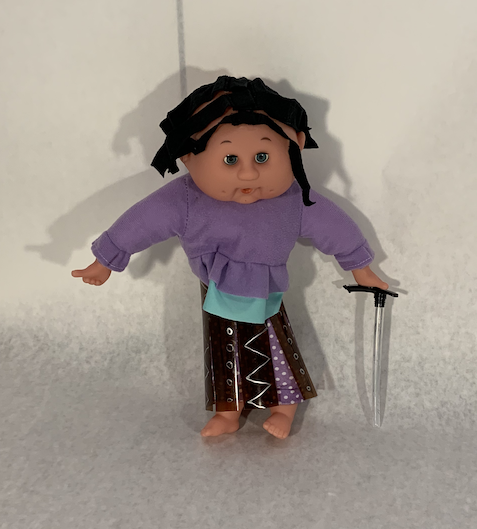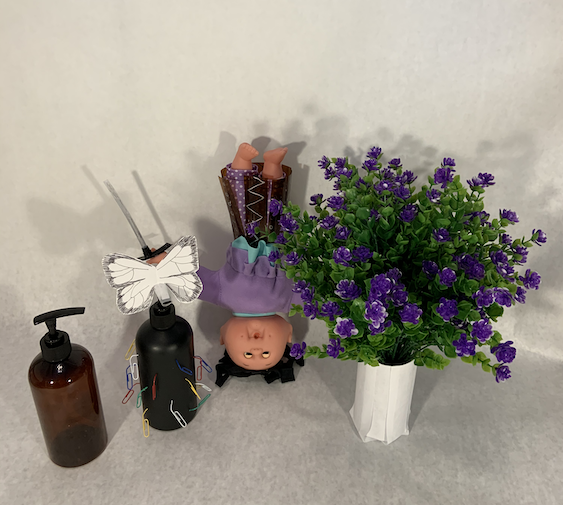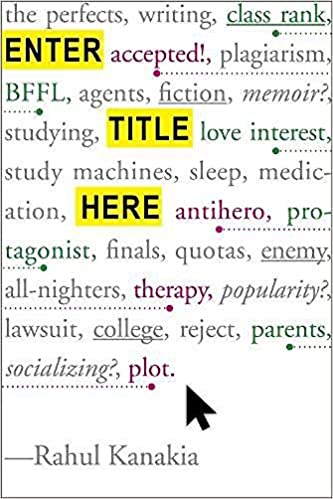 Rahul Kanakia’s pathologically competitive and high-achieving teenager Reshma Kapoor may cause less bloodshed than a favorite literary psyche authors love to explore—the serial killer—but she’s a fresher voice and even more deliciously warped. Early on, Reshma ponders her social life, concluding that “Alexandra is probably the closest thing I have to a friend. Which isn’t that close, because she’s not actually my friend at all: she just sells me Adderall sometimes.” This is exactly who Reshma is. She’s laser-focused on maintaining a perfect GPA in order to be valedictorian so she can get into Stanford. She will stop at nothing to make that happen, and if drugs give her the edge she needs, so be it. It is a joy to watch her, waiting for the train wreck.
Rahul Kanakia’s pathologically competitive and high-achieving teenager Reshma Kapoor may cause less bloodshed than a favorite literary psyche authors love to explore—the serial killer—but she’s a fresher voice and even more deliciously warped. Early on, Reshma ponders her social life, concluding that “Alexandra is probably the closest thing I have to a friend. Which isn’t that close, because she’s not actually my friend at all: she just sells me Adderall sometimes.” This is exactly who Reshma is. She’s laser-focused on maintaining a perfect GPA in order to be valedictorian so she can get into Stanford. She will stop at nothing to make that happen, and if drugs give her the edge she needs, so be it. It is a joy to watch her, waiting for the train wreck.
On the opening page, we see an email to Reshma from a literary agent impressed with Reshma’s “brassy and articulate” voice in an article she wrote for The Huffington Post. The agent offers to read a novel if Reshma happens to have one. Reshma has never given fiction the time of day, but she seizes this opportunity to stand out from other Stanford applicants and claims she has a nearly-complete novel in progress. This is a tiny little fib, but she thinks two months is plenty of time to write one. Reshma’s literary pursuits don’t change her valedictorian goal, so we are still taken through the world of high school high achievers, which is complex and rife with emotional turmoil and questionable ethics. Although Reshma isn’t the exact stereotype of such a student, she is an extreme that anyone who’s been part of that world can believe. Kanakia makes her shenanigans fun to watch.
You don’t have to like Reshma or people like her to enjoy this book. In fact, you may find yourself rooting against her, which I feel is fine. It’s still worth picking up.
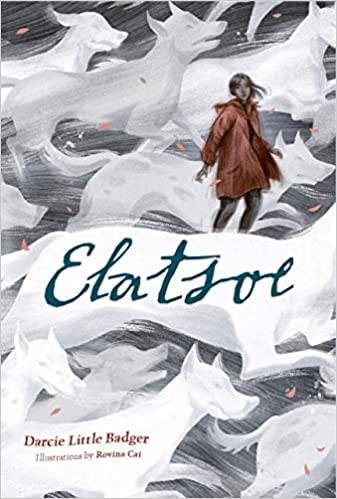 I lucked into finding this book to fulfill the “genre novel by an Indigenous, First Nations, or Native American author” category for the Read Harder challenge (which I am so not going to finish—my reading has slowed so much this year). It definitely fits that bill, as an urban fantasy grounded in Apache and other native cultures. The characters exist in an unusual world where certain aspects of the supernatural are recognized and handled in different ways, but otherwise it is just like modern America, microaggressions and all.
I lucked into finding this book to fulfill the “genre novel by an Indigenous, First Nations, or Native American author” category for the Read Harder challenge (which I am so not going to finish—my reading has slowed so much this year). It definitely fits that bill, as an urban fantasy grounded in Apache and other native cultures. The characters exist in an unusual world where certain aspects of the supernatural are recognized and handled in different ways, but otherwise it is just like modern America, microaggressions and all.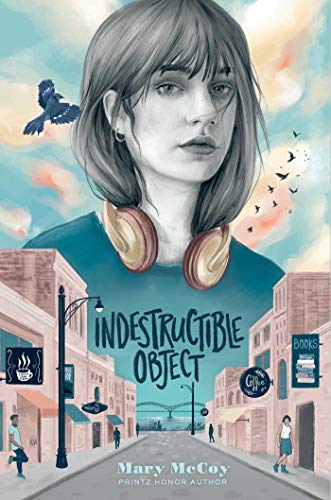 This is my third McCoy book, and one thing I think is cool is that they’ve all been fairly different from each other. Though this one and I, Claudia do share some similarities, in that both protagonists are recording their experiences (I, Claudia in an epistolary fashion, and Indestructible Object as within-the-story podcasts).
This is my third McCoy book, and one thing I think is cool is that they’ve all been fairly different from each other. Though this one and I, Claudia do share some similarities, in that both protagonists are recording their experiences (I, Claudia in an epistolary fashion, and Indestructible Object as within-the-story podcasts).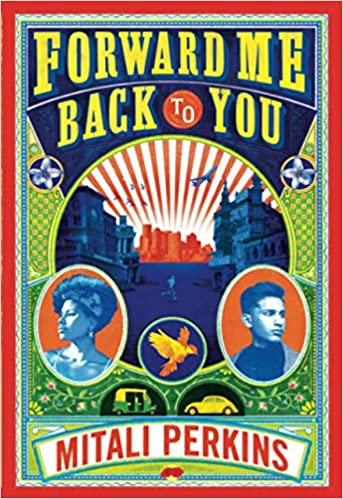 I enjoyed one of Perkins’ earlier books, which I reviewed here. Forward Me Back to You is another winner.
I enjoyed one of Perkins’ earlier books, which I reviewed here. Forward Me Back to You is another winner.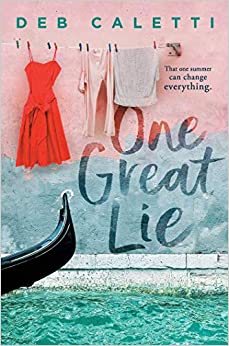 I’ve been in the worst reading slump lately. From early March until a couple weeks ago, I read only one novel, and it was really hard to get through (not the novel’s fault—it was all me). But I’ve been wanting to break out, so I picked up Caletti’s newest. I started it on Friday and was so sucked in that I finished it the next day. It may have broken the slump (I’m hoping), as I’ve read another book since then, too.
I’ve been in the worst reading slump lately. From early March until a couple weeks ago, I read only one novel, and it was really hard to get through (not the novel’s fault—it was all me). But I’ve been wanting to break out, so I picked up Caletti’s newest. I started it on Friday and was so sucked in that I finished it the next day. It may have broken the slump (I’m hoping), as I’ve read another book since then, too.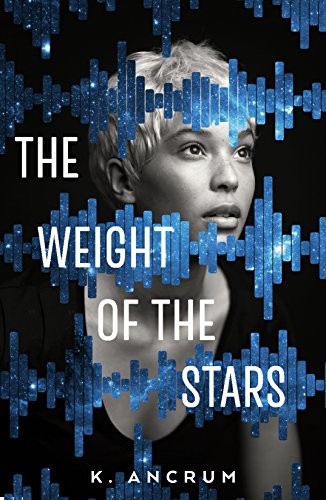 The premise of this quiet book is really interesting. A couple of decades earlier, a private space company send a bunch of young women on a one-way trip out of the solar system. While I do not in any way see the appeal of this, it is an interesting concept and I’m sure there are people who would sign up.
The premise of this quiet book is really interesting. A couple of decades earlier, a private space company send a bunch of young women on a one-way trip out of the solar system. While I do not in any way see the appeal of this, it is an interesting concept and I’m sure there are people who would sign up.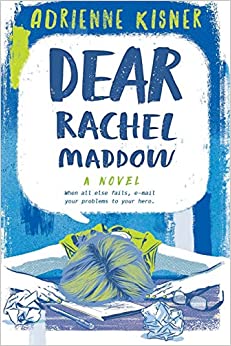 This is a book I picked up for one of my reading challenges, but I was looking forward to it even though I’m not a huge fan of epistolary novels. But I like Rachel Maddow and she always reminds me of an old friend, so I figured it would be a good read.
This is a book I picked up for one of my reading challenges, but I was looking forward to it even though I’m not a huge fan of epistolary novels. But I like Rachel Maddow and she always reminds me of an old friend, so I figured it would be a good read.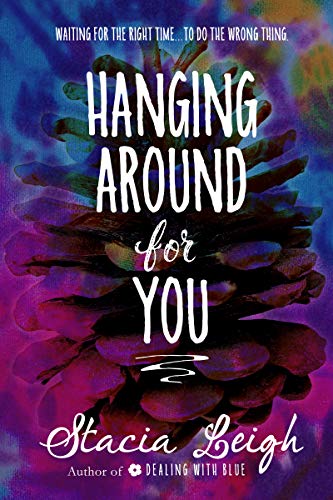 Hanging Around for You is a YA romance set in Leigh’s biker world in the mountains of (I think) Oregon. The first two books were clearly tied together, but this third one’s connection is much looser, though it’s there. Pinecone, the heroine, made an appearance in Leigh’s second book (Burnout, previously reviewed
Hanging Around for You is a YA romance set in Leigh’s biker world in the mountains of (I think) Oregon. The first two books were clearly tied together, but this third one’s connection is much looser, though it’s there. Pinecone, the heroine, made an appearance in Leigh’s second book (Burnout, previously reviewed 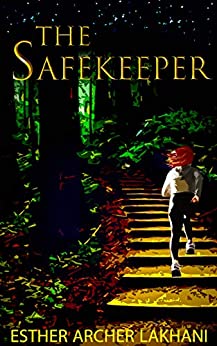 This is a really creative YA sci-fi book with what I would consider fantasy elements, which is mostly set on a contemporary Earth. It really is very unique, with an interesting premise that’s revealed over the course of the early part of the novel.
This is a really creative YA sci-fi book with what I would consider fantasy elements, which is mostly set on a contemporary Earth. It really is very unique, with an interesting premise that’s revealed over the course of the early part of the novel.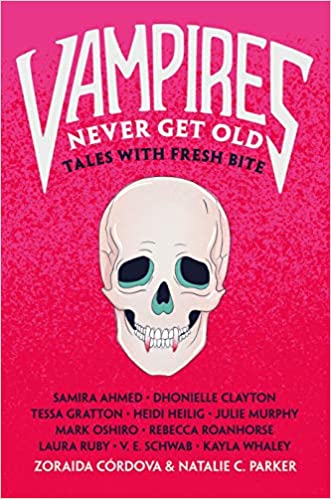 I’ve read a decent amount of vampire literature in my day, and I enjoy it. So I was looking forward to reading this collection of vampire stories. The editors really made an effort to incite a range of stories, with many diverse experiences represented. Some of the underrepresented characters include a girl who uses a wheelchair, a transgender boy, some gay kids, and several Black people.
I’ve read a decent amount of vampire literature in my day, and I enjoy it. So I was looking forward to reading this collection of vampire stories. The editors really made an effort to incite a range of stories, with many diverse experiences represented. Some of the underrepresented characters include a girl who uses a wheelchair, a transgender boy, some gay kids, and several Black people. This moving book by Australian author Cath Crowley is really something. It explores grief and love in a deep way, bordering on philosophical but without straying from the novel that it is.
This moving book by Australian author Cath Crowley is really something. It explores grief and love in a deep way, bordering on philosophical but without straying from the novel that it is.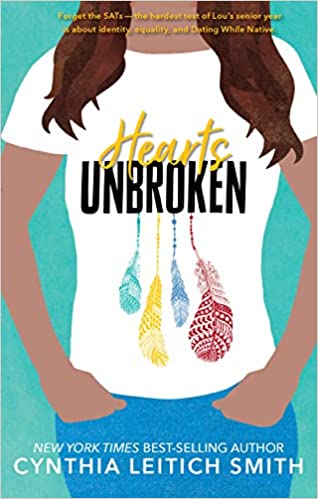 This is a rare book, featuring a Native American girl dealing with some interesting problems. The fact that her family is Native is important for a lot of reasons, including the plot and her identity. Lou is Muscogee (Creek), which was kind of cool for me because the Creek Nation extends from the southern edge of Tulsa a ways south, and the one time I went to a casino, it was the Creek Nation one that’s less than two miles from parent’ house. Not that I’m saying that casinos=Indian culture by any means, but I always find it fun to see something that is somewhat familiar to me in books I read, which rarely happens because I don’t generally live in cool places.
This is a rare book, featuring a Native American girl dealing with some interesting problems. The fact that her family is Native is important for a lot of reasons, including the plot and her identity. Lou is Muscogee (Creek), which was kind of cool for me because the Creek Nation extends from the southern edge of Tulsa a ways south, and the one time I went to a casino, it was the Creek Nation one that’s less than two miles from parent’ house. Not that I’m saying that casinos=Indian culture by any means, but I always find it fun to see something that is somewhat familiar to me in books I read, which rarely happens because I don’t generally live in cool places.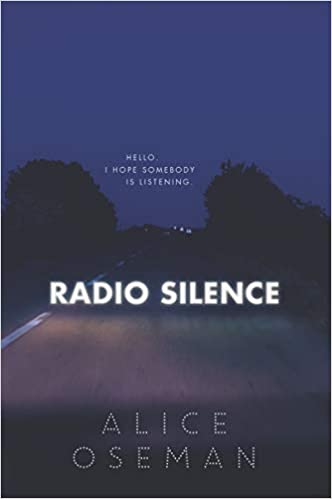 This is a hefty book for a contemporary, coming in at over 420 pages, but I enjoyed every bit of it.
This is a hefty book for a contemporary, coming in at over 420 pages, but I enjoyed every bit of it.

